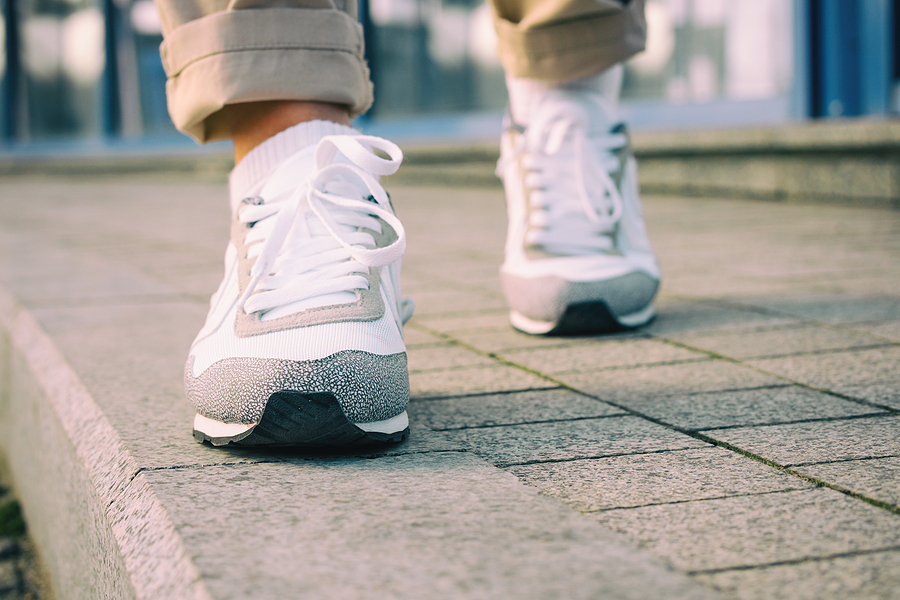Protecting Your Rights After a Pedestrian Crash in Orlando

Orlando is known for its attractions, theme parks, and growing downtown, but it’s also one of the most dangerous cities in the country for pedestrians. With high-speed traffic, busy intersections, and distracted drivers, walking in Orlando can be risky. Whether you’re heading to work, walking to school, or simply crossing the street, understanding the risks, your legal rights, and how to protect yourself after an accident is essential.
Florida law provides strong protections for pedestrians. But when accidents happen, those rights can be difficult to enforce without the right information and support. This post breaks down the everyday dangers pedestrians face in Orlando, the legal protections in place, and what steps to take if you or a loved one is hit by a vehicle.
Why Walking in Orlando Can Be So Dangerous
Orlando has consistently ranked high on lists of the most dangerous cities for pedestrians. Part of the problem comes from the city’s design. Many roads in the area are wide and built to move cars quickly rather than accommodate foot traffic. High speeds, limited crosswalks, and poor visibility make it harder for drivers to stop in time—and more likely for a pedestrian to be seriously injured.
Some of the most dangerous areas include:
-
Colonial Drive and Semoran Boulevard
-
John Young Parkway
-
Parts of International Drive
-
Busy downtown intersections during rush hour
These areas often mix fast-moving traffic with heavy foot traffic, creating a recipe for disaster when drivers aren’t paying attention or pedestrians misjudge the speed of vehicles.
Common Factors in Orlando Pedestrian Accidents
Many pedestrian accidents in Orlando share similar causes. Some of the most common include:
-
Driver distraction: Phones, GPS systems, and other distractions can pull a driver’s attention away from the road at critical moments.
-
Speeding: A vehicle moving just 10 mph over the limit can double the chances of a pedestrian fatality.
-
Failure to yield: Florida law requires drivers to yield to pedestrians in marked crosswalks, but many drivers fail to do so.
-
Poor lighting: Accidents often happen at night or in poorly lit areas where pedestrians are harder to see.
-
Impaired driving: Alcohol or drug use by drivers (and sometimes pedestrians) increases the risk of accidents.
It’s also important to recognize that not all pedestrian accidents happen while crossing at intersections. Many injuries occur in parking lots, driveways, or along road shoulders.
Legal Protections for Pedestrians in Florida
Florida law gives pedestrians specific rights when it comes to using roadways and crosswalks. If you’re walking in a marked crosswalk and obeying signals, vehicles must yield the right of way. Even if there’s no crosswalk, drivers are still expected to exercise caution and avoid hitting pedestrians.
Some of the key protections include:
-
Pedestrians have the right of way in marked crosswalks
-
Drivers must yield when turning if a pedestrian is crossing the intersecting street
-
Motorists are required to stop for school crossings and yield to pedestrians with guide dogs or white canes
-
Florida law also recognizes comparative negligence, meaning even if a pedestrian is partially at fault, they can still recover compensation if the driver was more at fault
In short, the law aims to protect vulnerable road users. But that doesn’t mean every driver follows the rules. And when accidents happen, victims may face resistance from insurance companies looking to shift blame.
What to Do After a Pedestrian Accident
If you’ve been hit by a car in Orlando, what you do next can have a major impact on your ability to recover physically and financially. The steps you take at the scene—and in the days following—matter.
-
Get medical attention immediately. Even if you feel okay, you may have internal injuries or delayed symptoms.
-
Call the police and make sure a report is filed. This will help document the facts and identify the driver.
-
Collect evidence, if you’re able. Photos of the scene, vehicle, and your injuries can help build your case later.
-
Get witness information. Independent witnesses can be important if the driver disputes what happened.
-
Avoid giving detailed statements to the insurance company without talking to an attorney first.
In Florida, personal injury protection (PIP) insurance may cover part of your medical bills—even if you were a pedestrian. However, serious injuries often go beyond what PIP covers. That’s where a personal injury claim comes in.
Recovering Damages After a Pedestrian Accident
Pedestrians struck by vehicles often face serious injuries—broken bones, head trauma, spinal cord injuries, and long-term complications. These types of injuries can result in months of recovery, missed work, and steep medical bills.
Under Florida law, you may be entitled to compensation for:
-
Medical expenses (past and future)
-
Lost income and reduced earning capacity
-
Pain and suffering
-
Loss of enjoyment of life
-
Emotional distress
If the driver was texting, under the influence, or behaving recklessly, you may also be able to pursue punitive damages, though those are less common and reserved for especially egregious behavior.
It’s important to work with a personal injury attorney who understands how to prove fault and negotiate with insurers. Many insurers try to downplay injuries or argue that the pedestrian was not paying attention. An experienced attorney can challenge these claims using medical records, surveillance footage, crash reports, and expert witnesses.
Steps to Stay Safer as a Pedestrian in Orlando
While you can’t control how others drive, you can take steps to reduce your risk of being involved in a pedestrian crash.
-
Use crosswalks and obey traffic signals
-
Make eye contact with drivers before crossing
-
Avoid walking distracted, especially while using your phone
-
Wear visible or reflective clothing at night
-
Be extra cautious in high-traffic areas, especially during tourist season
No pedestrian should have to walk in fear, but until roads become safer, taking precautions is necessary.
When to Talk to a Lawyer
If you or a loved one has been injured as a pedestrian in Orlando, don’t wait to get legal advice. The sooner you speak with an attorney, the sooner you can protect your rights and begin building a strong claim. Time is especially important in Florida, where legal deadlines—known as statutes of limitations—apply to injury cases.
An attorney can help you understand your legal options, deal with uncooperative insurance companies, and work toward full and fair compensation.
Conclusion
Orlando may be known for sunshine and fun, but its roads can be dangerous for those on foot. High speeds, distracted drivers, and poor road design all contribute to the risk pedestrians face every day. Knowing your rights, taking precautions, and getting medical care after an accident are all key steps in protecting yourself.
If a driver’s carelessness caused you harm, you don’t have to face the aftermath alone. Legal help is available, and with the right support, you can move forward with confidence and work toward the justice you deserve.

 Call Us Today - It's Free
Call Us Today - It's Free